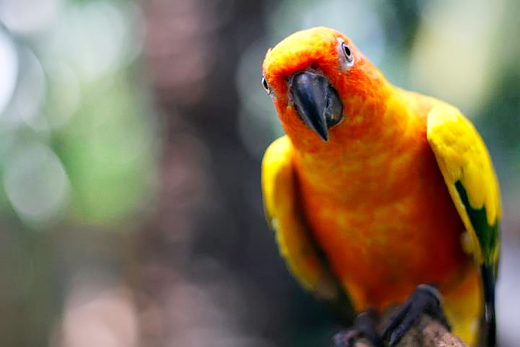News
Pet bird disease detected in Palawan
PUERTO PRINCESA CITY, Palawan – An environment council in the province has recently initiated an effort to stop the spread of the virus that causes the Psittacine Beak and Feather Disease (PBFD) among pet birds.
The Palawan Council for Sustainable Development (PCSD) and the Katala Foundation are together in the fight to save pet birds in the city and province from the disease that affects their beaks and feathers.
Jovic Fabello, information officer of the PCSD Staff, said Monday afternoon that both bodies wanted the PBFD virus to be detected early, and wildlife enforcers and other personnel of the Wildlife Trade Monitoring Unit (WTMU) to be trained how to identify early signs on pet birds.
“Hindi pa naman alarming, pero gusto natin na ma-avoid ang pagkalat n’ya sa ibang species ng birds sa Palawan (It’s not alarming yet, but we want to avoid its spread to other bird species in Palawan),” he said.
Strict monitoring of shipments of pet birds will also be conducted daily to ensure that the virus is prevented from coming in or going out of the province, he added.
According to the Avian Biotech website, PBFD is a viral disease that affects Old World and New World parrots, such as cockatoos, macaws, African grey parrots, Ringneck parakeets, Eclectus parrots, and lovebirds.
The virus attacks their feather follicles and their beaks and claw matrices, causing gradual malformation and necrosis. In later stages, it hampers their development.
Fabello said they had no information on the number of pet birds or other avian species that had been affected by the disease, but confirmed that PBFD had been detected and confirmed in Palawan.
Being a biodiversity hotspot, the province is home to diverse species of birds, many of which are considered endemic, rare, and threatened, according to him.
“Ibang klase ang birds dito sa Palawan. Marami dyan nasa threatened list na, tapos madagdagan pa ng ganyang sakit (Palawan’s birds are different. Many of them are listed as threatened, and now, there’s an additional threat from this virus),” he said.
Fabello said early prevention and detection were necessary to prevent similar diseases from spreading to other birds.
“Hindi to makakahawa sa tao. Virus ito na nag-spre-spread lang sa kapwa ibon (This virus does not jump to humans. It only spreads among bird species),” he added.






















